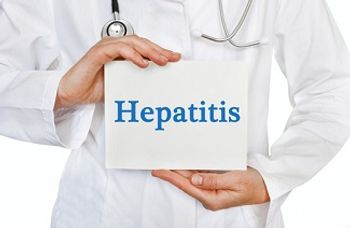
Taking Care of Mental Health While Treating COVID-19: Public Health Watch
A recent commentary calls for action to meet the mental health needs of patients and providers alike.
These are trying times for health care workers. That’s been well documented.
However, as stressful as the past few weeks have been, with surges in the numbers of critically ill patients in hospitals and clinics because of the coronavirus disease 2019 (COVID-19) pandemic—and the
Care of those severely ill with COVID-19 requires more than just a pleasant and professional bedside manner. Because the virus is highly contagious, those who have progressed to severe disease are, by necessity, isolated: family and loved ones can’t be at their bedside offering comfort or, in the direst circumstances, to say goodbye.
Physicians, pharmacists, nurses, and other health professionals have been left to fill breach, holding hands, passing along messages to patients struggling through their last breaths. The potential toll this can take is among many issues raised in a commentary published in the
In the commentary, authors warn that clinicians “are… particularly vulnerable to emotional distress in the current pandemic, given their risk of exposure to the virus, concern about infecting and caring for their loved ones, shortages of PPE, longer work hours, and involvement in emotionally and ethically fraught resource-allocation decisions.”
Clinicians are not the only ones at risk, of course. The authors of the commentary also note that those with a prior history of mental illness, those more likely to become seriously ill during the pandemic (eg, the elderly), and those who lose loved ones also struggle with the “psychosocial effects of pandemics.”
The authors urge clinicians to be vigilant—both on behalf of their patients as well as their colleagues—for symptoms of distress during the ongoing outbreak, and in its aftermath. And, as challenging as this may be for those who have not received specialist training in mental health and/or social work—to name 2 relevant disciplines—it’s hardly anything new for infectious disease physicians and related health professionals.
Indeed, while it is true, and has often been said of late, that most of us haven’t lived through a pandemic of this scope (the 1918-19 flu pandemic being a distant memory and the 2009 H1N1 influenza outbreak being of a smaller scale), infectious disease physicians and their colleagues found themselves in a similar position at the height of the AIDS epidemic in the 1980s.
Before the disease, and its transmission, were fully understood, and before same-sex partners were recognized as “family” in many places across the United States, physicians, nurses, and others frequently found themselves offering emotional support, for their patients and each other. Watching patients die horrible, and in some cases lonely, deaths wasn’t easy, and it left its mark on many of the health care workers who experienced it. This is among many important themes discussed in Larry Kramer’s play (and later TV movie) “
COVID-19 isn’t the same as AIDS, but for those working in medicine during both crises they share a number of similarities. As a society, we need to remember the lessons learned in the 1980s to ensure that those affected by the current pandemic receive the support they need.
Newsletter
Stay ahead of emerging infectious disease threats with expert insights and breaking research. Subscribe now to get updates delivered straight to your inbox.

















































































































































































































































































